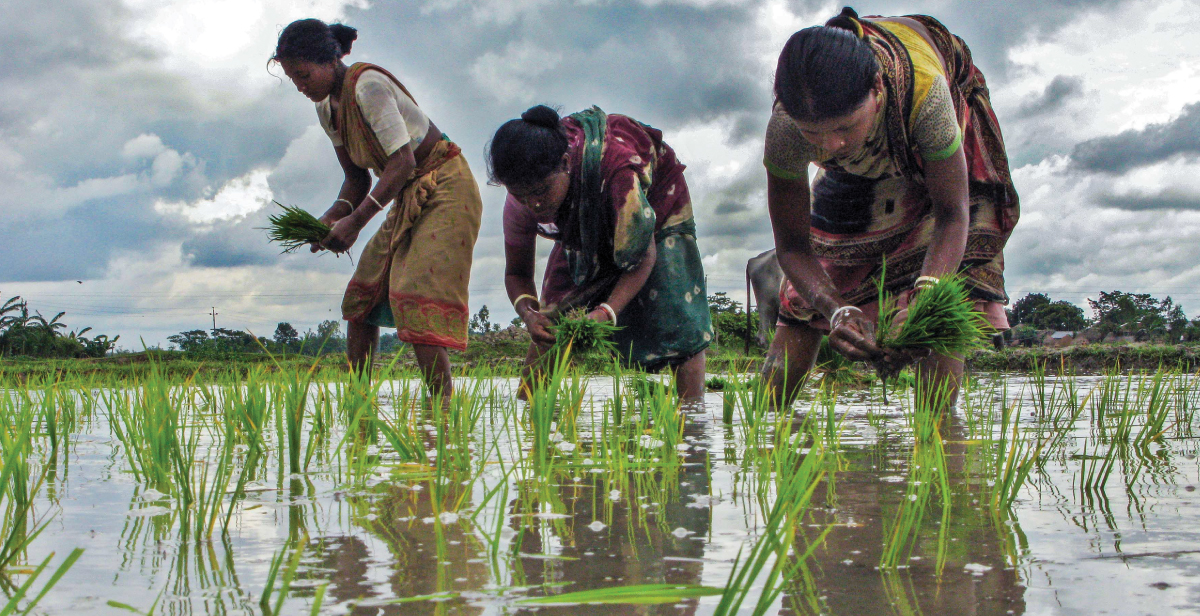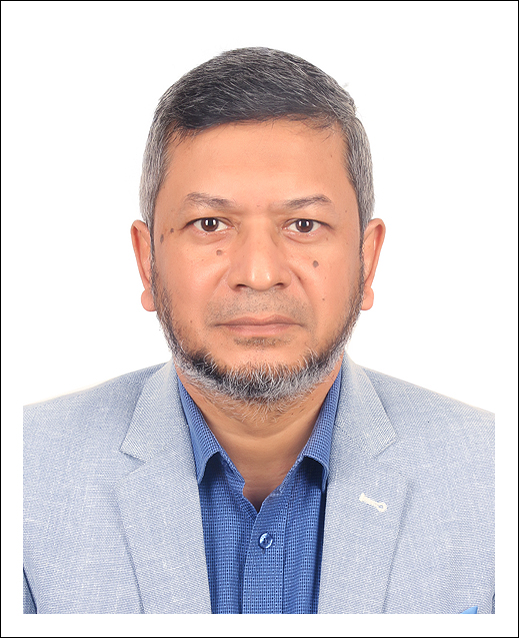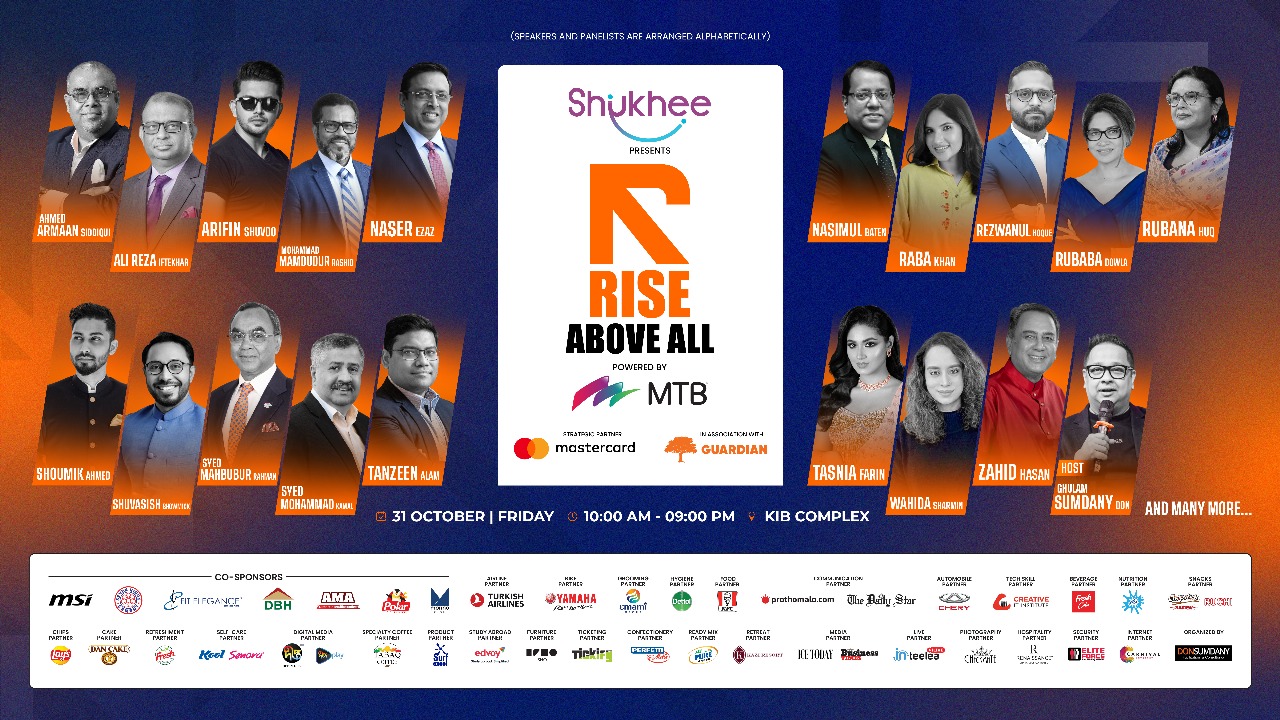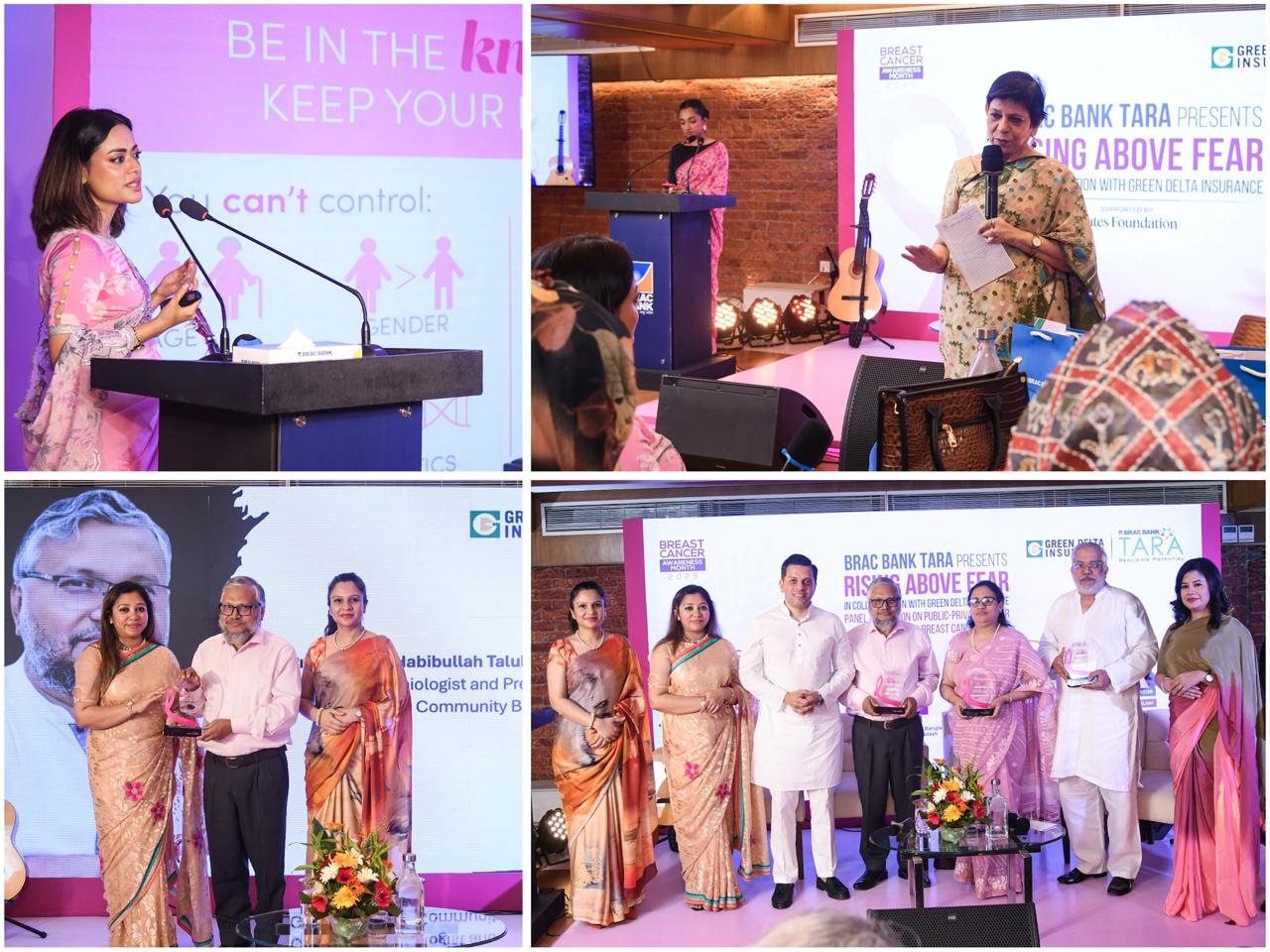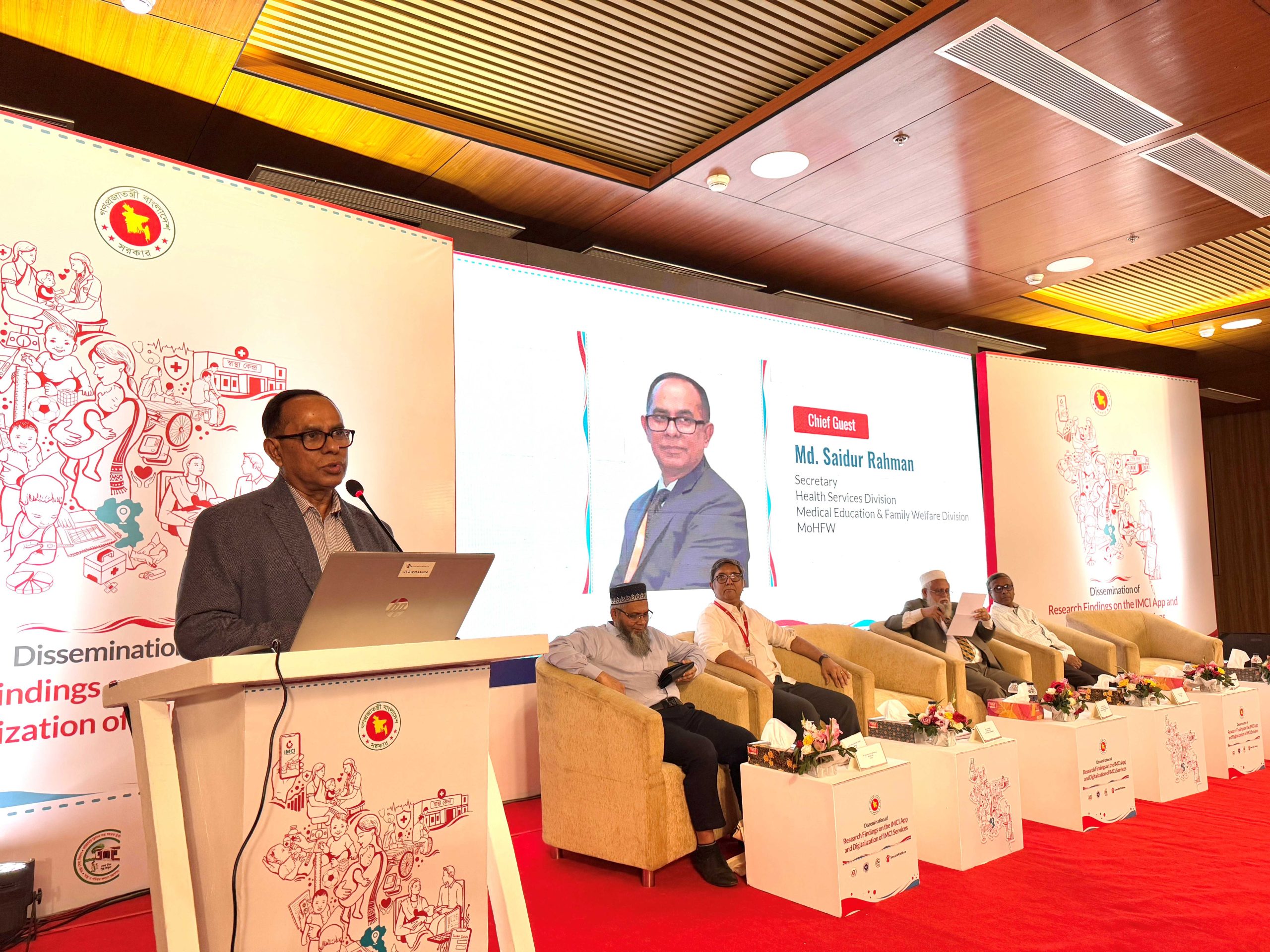Though the gender wage gap probably dates to the beginnings of civilization, it emerged as a political issue in the U.S. in the 1860s under the rallying cry of “Equal Pay for Equal Work.” Yet years later, women and girls live in a world of widespread gender inequality.
It’s been 40 years since the adoption of the Convention on all forms of Discrimination Against Women (CEDAW, 1979), discrimination remains commonplace in law and practice. 131 countries have added 274 gender-related reforms to laws and regulations over the past decade, however it is estimated that more than 2.5 billion women and girls live in countries with at least one discriminatory law on the books. These statutes restrict women’s ability to make decisions about marriage, divorce, and child custody; and to make choices about getting a job or starting a business, among others.
According to an UN report released in the year 2020, the gender wage gap in Bangladesh was the lowest in the world, as it came down to 2.2% against the world average of 21.2%, which was a refreshing achievement for a developing nation.
In last year’s UN-ILO, State Minister for Foreign Affairs, Shahriar Alam has said the gender inequality has substantially come down in Bangladesh.
As per a report from the International Labor Organization (ILO), “World Employment and Social Outlook Trends 2020”, women’s unemployment rate came down to 6.2% in 2019 from 6.6% in the previous year. Participation of women in the labor market was 36.3% in 2019, whereas, male participation in the job market was 81.4% with a significant gap in between the numbers.
This year, in 2021, the COVID-19 pandemic took a toll on the progress curve. In fact, the country’s overall gender gap has widened by 0.7 per cent, said the report published on 31 March 2021. Still, Bangladesh is the only South Asian nation in the top 100 countries which closed 71.9 percent of its overall gender gap so far. Globally, gender parity is shifting into reverse this year for the first time since the World Economic Forum started measuring it.
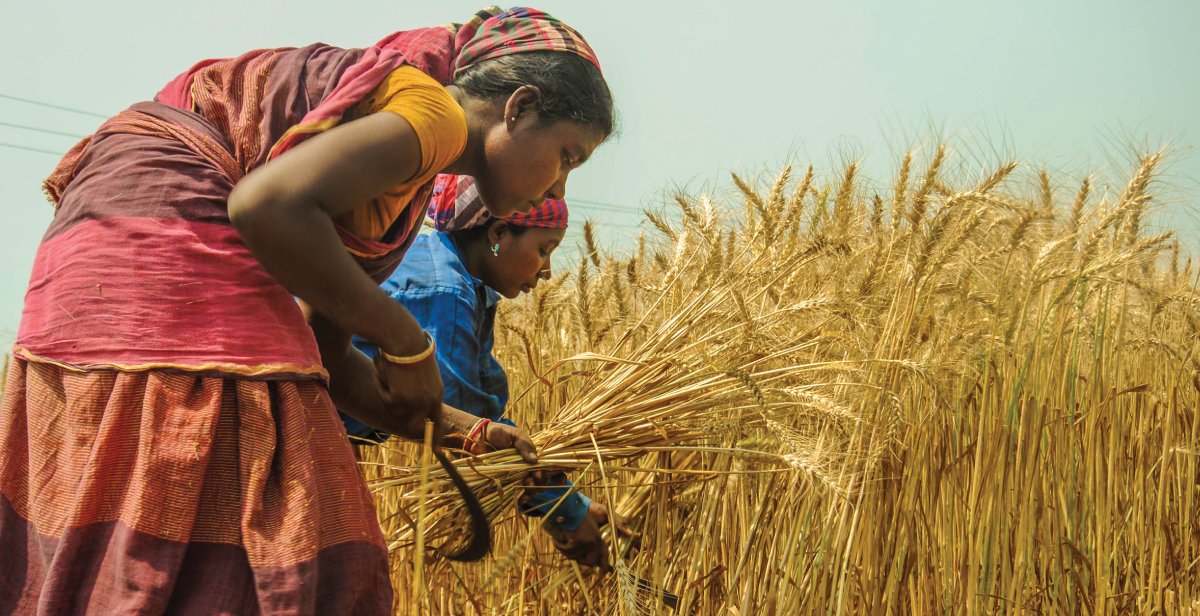
Salma Ahmed and Mark McGillivray wrote a paper on World Development that mentioned that over the period 1999–2009, the gap in average wages between men and women decreased by 31 percent and this was induced by education facilities for women and enforcement of laws. Increasing women’s access to education has been shown to increase women’s labor force participation rates; delay marriage and having children; and leaves women less vulnerable to violence. Other studies reveal another parallel trend, across all sectors. Women’s wages do not rise as much and often fail to keep up with inflation causing a drop in real wages.
As the world moves from capitalism into the era of talentism, competitiveness on a national and on a business level is determined by the innovative capacity of a country or a company. In this new context, the integration of women into the talent pool is a prerequisite.
In the recent decades, women have increased their footprint in higher-paying jobs traditionally dominated by men, such as professional and managerial positions; women are offered lower remuneration relative to their share of the workforce.
To further ensure the flow of women empowerment, the Equal Pay Platform launched by ILO and UN Women is promoting awareness of good practices for eradicating gender inequality in wages, including legislation and mechanisms for dispute resolution; measures to advance women’s leadership; wage transparency; and access to data on wages and other benefits disaggregated by gender, ethnicity, and migrant status.
Much of this gap has been explained by measurable factors such as educational attainment, occupational segregation and work experience. The narrowing of the gap is attributable in large part to gains women have made in each of these dimensions.
Often the miracle of motherhood is considered an exploit in women’s career paths and has an impact on future payrolls. A survey of workers who had taken parental, family or medical leave in the two years prior to the survey found that mothers typically take more time off than fathers after birth or adoption. The median length of leave among mothers after the birth or adoption of their child was 11 weeks, compared with one week for fathers.
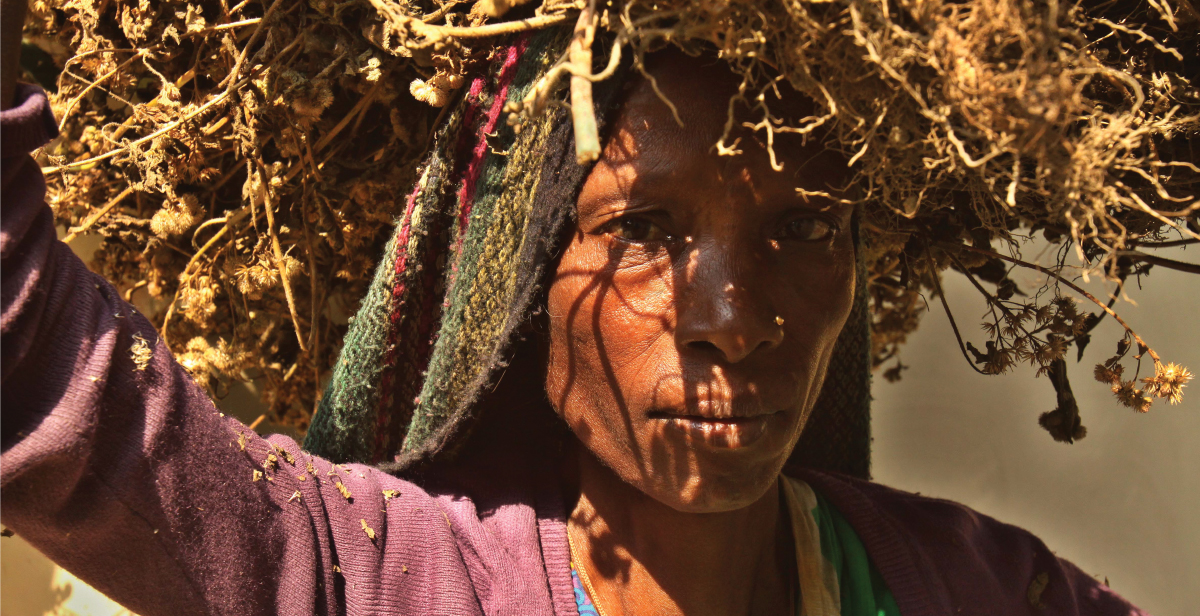
While decision-making remains overwhelmingly dominated by men, women’s representation in parliaments has more than doubled from 11 percent in 1995, but men still hold three quarters of seats. Men also hold 73 percent of management positions and are 70 percent of climate negotiators. Dr Shirin Sharmin Chaudhury was appointed as the first woman Speaker of the Jatiya Sangsad in April 2013.
With the power harnessed, women are claiming space and taking on leadership roles not only in feminist organizations. They are involving themselves in movements concerning social justice, making the connections between gender equality, climate justice, workers’ rights, racial equality and gender biasness.
Women as human rights defenders and activists often face hostility, physical attacks, harassment and intimidation. With limited access to education and healthcare, women lack economic autonomy and are under-represented and undervalued in a unit, family or society. The progress that has been made towards gender equality over the past quarter of a century, though slow and gradual, however significant and hopefully positive in the upcoming years.
Legal reform, strengthening gender-responsive social protection and public service delivery, quotas for women’s representation, and support for women’s movements are all strategies that have made a difference and should be scaled up to the specific requirements aiding and abetting women to accommodate their ventures.
BRAC and other beneficiary organisations such as USAID are promoting economic growth while increasing women entrepreneurs. There is an increasing number of women entrepreneurs and retailers selling farming tools and supported a women entrepreneurs’ boot camp for 80 female agro-entrepreneurs. USAID’s agricultural mechanization activities have also trained women as local service providers for such agricultural equipment as reapers and power tillers.
The climate crisis reminds us of the need for alternative development pathways and solutions. Scaling up investments in the care economy and ensuring that women benefit from new green jobs is crucial for such pathways to succeed.
Additionally, experts suggest that women are more likely to become technology savvy as the future of businesses is technology dependent.
According to a World Economic Forum report, women across the economic spectrum are more vulnerable than men to lose their jobs to technology and their jobs remain at risk of job automation more than men.
Given the present scenario, the 2030 Agenda is clear: Gender equality and the empowerment of all women and girls is a goal in itself (Sustainable Development Goal 5) as well as a catalyst for the achievement of all the other goals. Ultimately, development will only be sustainable if its benefits accrue equally in the society regardless of gender orientation.









